Latest Posts
such as expansion 128GB micro sd cards. I don’t suggest to replace hard disks with memory cards.
Recently, many net citizens have given me message saying that they find a high cost-effective SD to M.2 transfer card. Can the transfer card change cheap memory cards into mini SSDs?
A lot of users have already cheap memory cards in Amazon. There are many common problems in theses cheap cards, such as expansion disk 128M counterfeiting 32g or even 128G, instability random file loss. In any case, I don’t suggest to replace hard disks with memory cards.
Come back to the case SD to M.2, the protocol in SD card is not directly compatible with the SATA or PCIE protocol supported by M.2, so there will be a small chip on the transfer card, such as GL823.
This is an USB2.0 SD/MMC flash memory reader chip packaged in SSOP24, simply speaking, which is to convert USB interface into SD / MMC interface.
After carefully looking, you will find that the transfer card SD to M.2 uses A+E card port, which is greatly different from M card port or B+M card port in common M.2 SSD.
B+M card port in SSD can support SATA or PCIE protocol, while A+E card port support PCIE or USB protocol. The later usually is reserved for WIFI card.
The M.2 interfaces on motherboard are used by SSDs, M.2 interfaces of A+E card port can only be seen on some motherboards with onboard WiFi function.
If you are looking for an SD to M.2 solution that focuses on its small size, this Toshiba RC100 is worth recommending to you.
RC100 is Toshiba’s single-chip SSD, which uses 64 layer stack BiCs3 flash memory and integrates and encapsulates its own PCIE master. The power consumption is low and the performance is strong. Of course, small size is also an important feature of it. Many users choose to use it to DIY NVME mobile SSD.
The physical specification of RC100 is M.2 2242, which can be installed in kinds of desk computers and laptops and has good compatibility. In addition to the ordinary M.2 SSD slot, some other users have successfully installed it into the 4G network card interface of ThinkPad which is M.2242, PCIe protocol, realizing the goal of installing dual hard disks in the light and thin notebook.








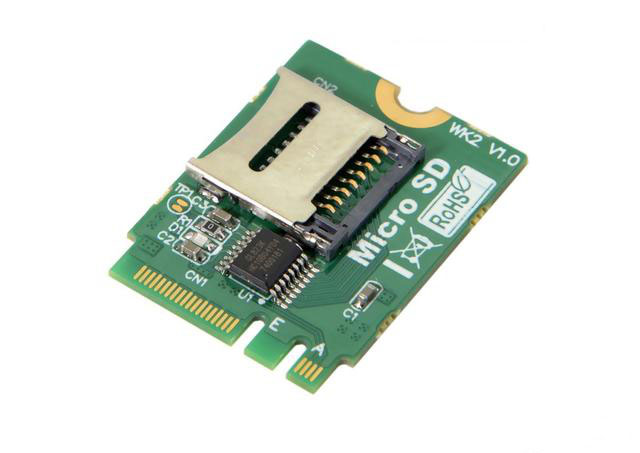
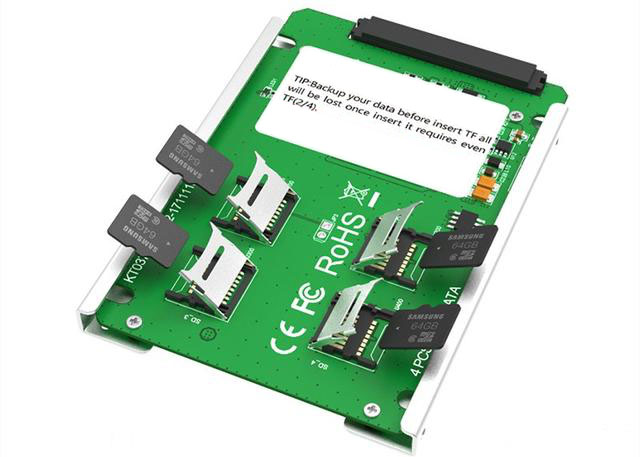
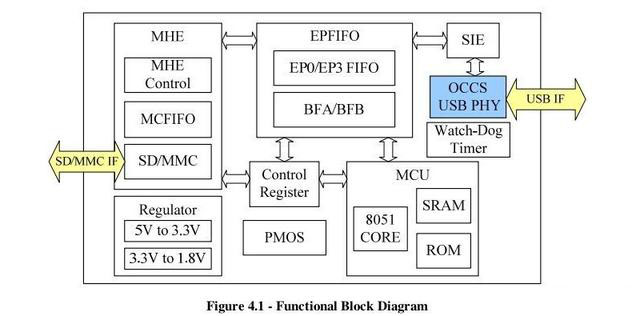

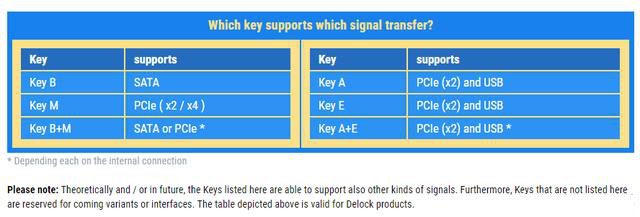
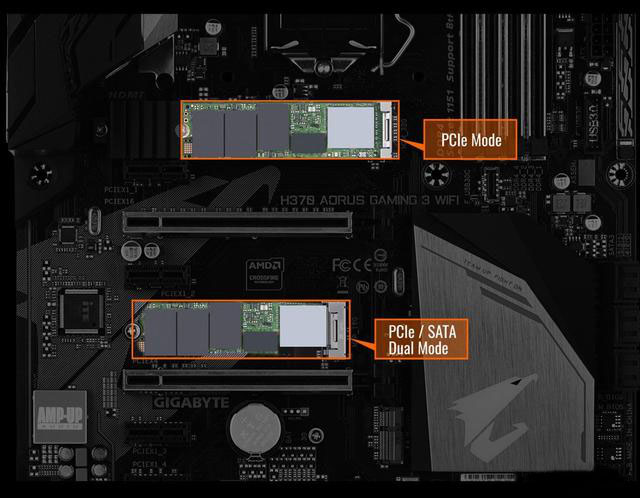
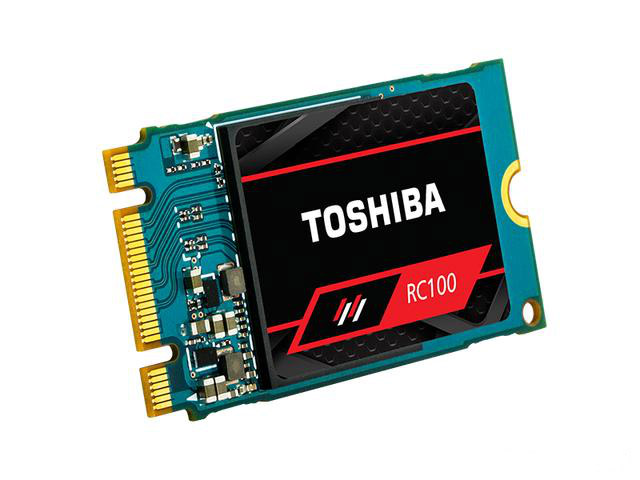
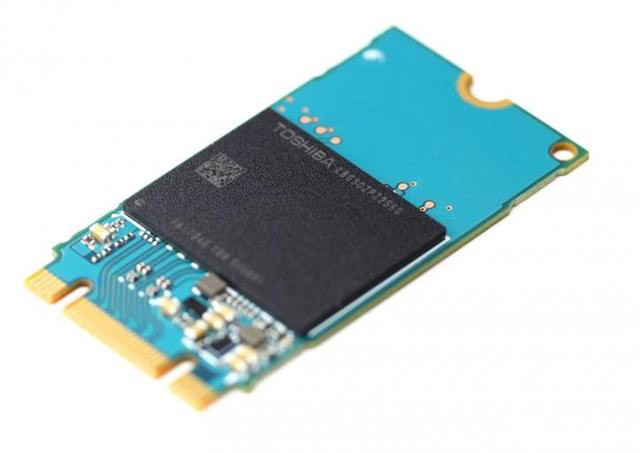
Leave a comment